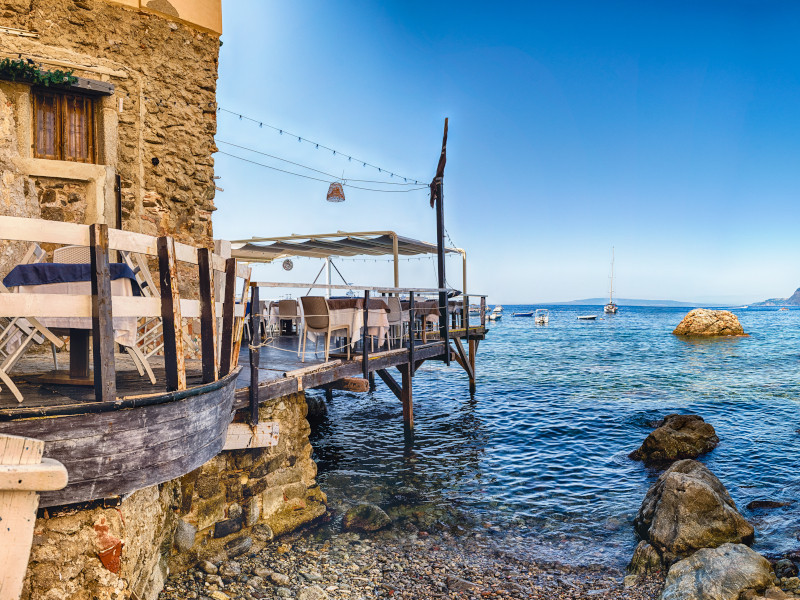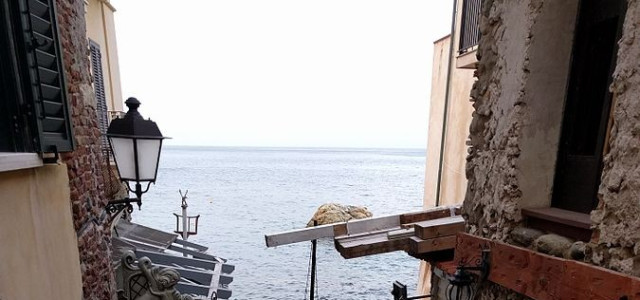Scilla
Scilla, located on the point of the same name, Promontorio Scillèo, stretched out on the Straits of Messina, has ancient origins, which are lost between mythology, history and legend fed for thousands of years by the suggestiveness of natural environment. According to Greek mythology, Scilla was the navy nymph that by jealousy was transformed by Circe into a monster while bathing in a cove near Zancle (today's Messina). Old town of Scilla is called "San Giorgio" and it is spread around Piazza San Rocco, which houses, among other things, the Church of San Rocco, patron of Scilla, and the Town Hall. From here the look embraces Punta Pacì, Sicily and Ruffo Castle. Historic center includes ancient village of Bastia, characterized by the low houses overlooking the characteristic alleys; while the seaside village of Chianalea is located on the northern slope of the cliff and it develops with houses built almost all by the sea, which has earned it the nickname of "Little Venice of the South" and is part of "The most beautiful villages in Italy". Marina Grande is instead the largest beach, overlooking the sixteenth-century church of the Holy Spirit.





